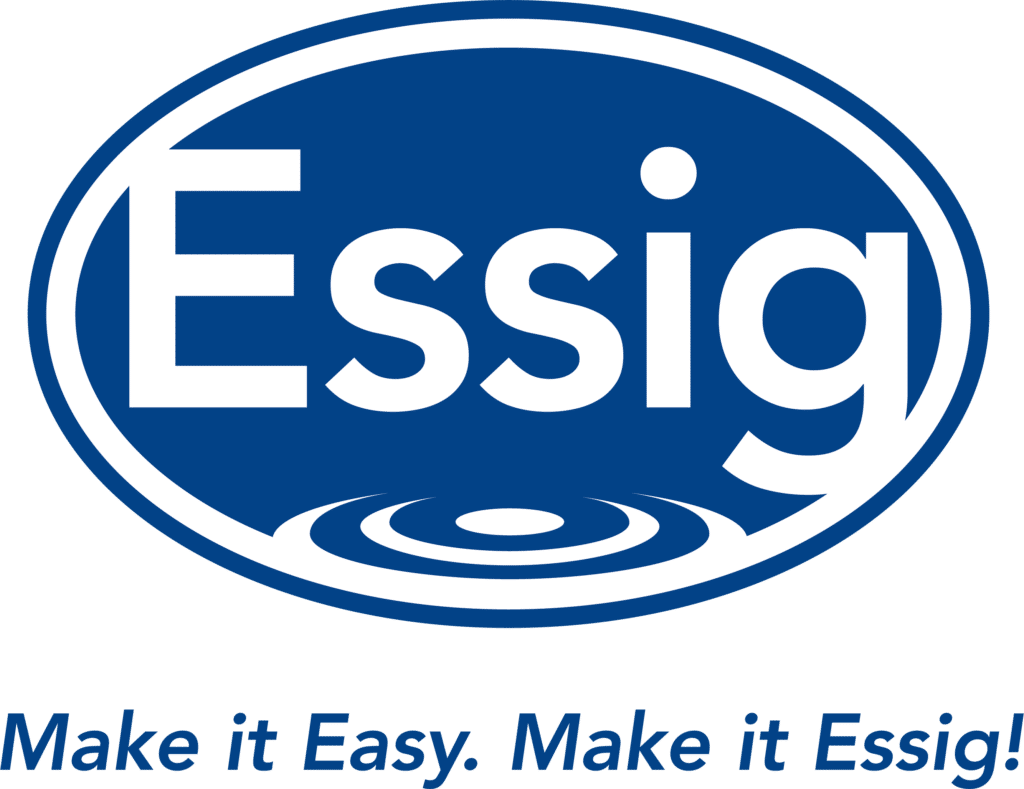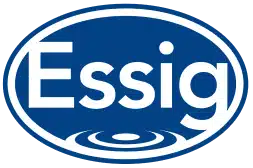Considering a heating tune-up? If your furnace is costing you too much on energy bills, bringing you poor indoor air quality, and simply not providing you with the warm air needed to live comfortably during the fall, it’s time to call P.W. Essig for a heating tune-up. Nobody wants to find themselves without warm air during the colder months but when you ignore your heating needs long enough, you may find yourself in that exact situation. However, the consequences of not seeking professional heating maintenance extend beyond discomfort. You may also encounter a higher risk of carbon monoxide exposure, placing the safety of your family at risk. There is also the additional pain of losing money due to frequent calls for repair service.
Benefits of a Heating Tune-Up with P.W. Essig
Fortunately, thanks to an extensive heating tune-up from P.W. Essig, you can ensure both safety and comfort the next few months ahead. We recommend you call for a heating tune-up from one of our professionals at least once a year, so you can go 12 months without worrying so much over the state of your furnace. Not only will you be saved considerable amounts of stress, but you will also experience greater system efficiency guaranteed to save you money. Our team of licensed heating contractors will inspect your furnace down to the last detail so even the smallest issues are fixed before the fall truly begins.
21 Things You Must Check During a Heating Tune-Up
Getting heating maintenance from P.W. Essig is fast and efficient, but there are several steps to the process that need to be taken to ensure the furnace is working at its best. If you want to know just what one of our licensed technicians will do, it usually follows this checklist:
Inspecting the burner: Our heating contractor will ensure the burner on your furnace is free of contamination so it continues to work at its best.
Cleaning air filters: Cleaning air filters periodically will improve air flow and prevent your indoor air from becoming filled with contaminants.
Cleaning blower components: Since the blower components of the system play a major part in keeping your indoor air clean, it is important to clean them out to ensure their performance is not interrupted.
Test combustion air openings: Combustion air openings can become blocked and lower system efficiency. A test run will ensure that no blockage is present and if it is present, the contractor can take steps in removing it.
Adjust fan control: Adjusting the fan on your furnace will allow for better air flow, thus increasing the efficiency of the system and improving indoor air quality.
Inspecting the combustion chamber: Any contamination in the combustion chamber can prevent proper heating and, at worst, prove a major safety hazard. A contractor will clean it out to so you have a heating system that is not putting your safety at risk.
Fixing thermostats: The contractor can calibrate the thermostat in your home so it is set at a temperature that will meet your unique specifications or, if it is not working at all, determine whether you need repair or replacement.
Inspecting heat exchangers: Heat exchangers are the heart of the system, especially when it is essential to inspect the system. The transfer of heat from where it is generated to the medium that distributes through the house is critical for efficiency.
Inspecting the flue: A contractor can check the flue to see if a duct or pipe is blocked with contaminants or products of combustion are accumulating.
Lubricating moving parts: Providing components with the proper amount of lubrication will ensure the furnace doesn’t start making loud noises when it operate and preserve its level of energy efficiency.
Inspecting belts for cracks: Any belt requires some flexibility, but this also means it can give way to cracks. Though the cracks on the belt might not be immediately visible, a thorough inspection of the system is needed to ensure even the smallest damaged is spotted and fixed.
Replacing thermocouple: A thermocouples measures the temperature in the system, so it is absolutely essential for a contractor to check it as it proves one of the most common sources of early failure.
Adjusting the pilot light: It is important for the pilot to be functioning right for proper turn-on of the system. A contractor will also check the color of the pilot light, as a yellow pilot light can indicate the presence of carbon monoxide. P.W. Essig also offers carbon monoxide testing.
Tightening electrical connections: Electrical connections can loosen over time, especially in structures like a heating system, so tightening all of the connections prevents one common source of problems.
Testing manifold gas pressures: The manifold is where gas flows from the source to the main burners, so checking the pressure there will identify any gas flow issues.
Cleaning the vestibule interior: The vestibule creates an air lock between the inner furnace components and the outer door, so this must be kept clean to prevent contamination and inefficiency.
Inspecting belts for tension and alignment: Belts can move out of alignment or loosen as they age, which is why a professional will test them or else you risk the belt shortening its lifespan.
Checking gas line for leaks: A gas leak is a huge safety hazard, but fortunately a heating contractor at P.W. Essig will have the experience and equipment to detect even the smallest leak, which can save you from experiencing a fire or even combustion.
Check safety controls: Safety should always be the main concern in a heating system, so the safety controls should be checked regularly to ensure your furnace will not put anyone’s well-being in jeopardy.
Checking for noise and vibration: Loud noises indicate problems with the furnace’s internal components, which is why a contractor will often inspect the root of the problem.
Conduct operational test: Finally, a full operational test will make sure that the tune-up was done correctly. It’s the contractor’s way of ensuring everything in your furnace is in working order and ready to protect you from the cold.
Don’t Let Winter Sneak Up On You, Get Your Heating Tune-Up Today
Contact P.W. Essig today to ensure your furnace is ready to go for winter’s coldest days with a heating tune-up!

